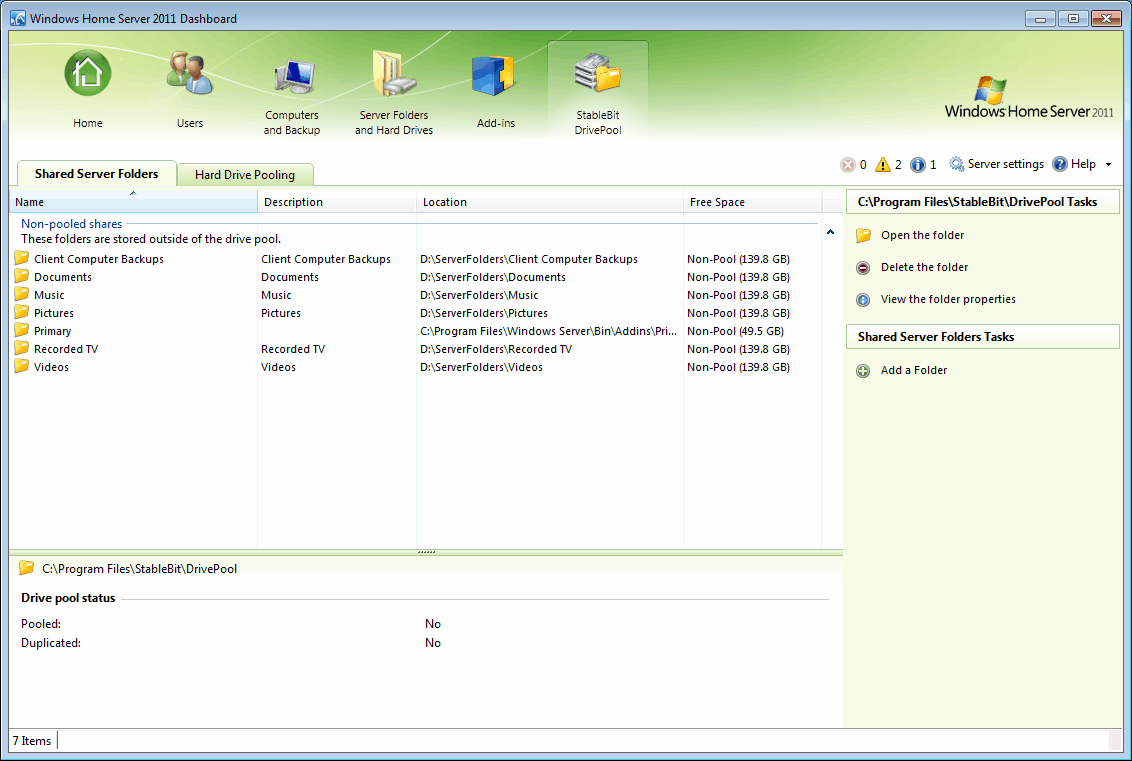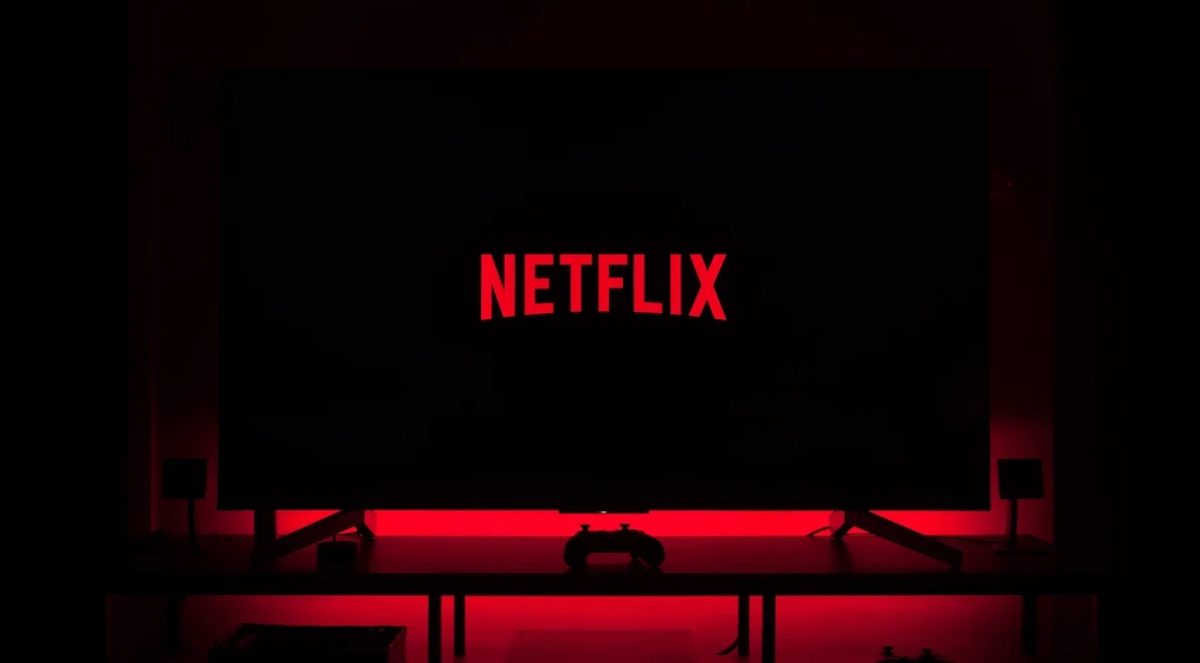First Drive Extender Alternatives Are Announced

Windows Home Server administrators surely know about Drive Extender which can be used to combine multiple hard drives into one combined virtual hard drive. This simplifies the accessibility and management of data on the Home Server. A music or video buff with split the collection on multiple drives because of space constraints could use Drive Extender to access all media files under one drive letter.
Microsoft decided to remove Drive Extender from the upcoming Windows Home Server 2011, much to the dismay of many users of which several stated that they would not switch to Windows Home Server 2011 if it would not include Drive Extender.
If Microsoft cannot deliver other companies can. Drive Bender was recently announced which is "inspired by Microsoft’s Windows Home Server Drive Extender technology. Drive Bender will provide "the same level of functionality, and more, for all versions of the Microsoft Windows".
The homepage does not contain more information than that currently. A first beta release is scheduled for February 21.
A second Drive Extender alternative is StableBit's DrivePool, an add-in for the Windows Home Server 2011.
This add-in will let you add multiple hard drives into one combined storage pool on the Windows Home Server. You can create folder shares on this storage pool, and each folder on the pool can either be duplicated or not duplicated. Files placed in duplicated folders will be protected against single drive failure by being placed onto two separate hard drives
Features of DrivePool are:
- Combine all your hard drives into one big storage pool (except the system drive with the OS).
- Add and remove drives from the pool at any time without re-partitioning or manually moving folders.
- Create duplicated folders on the storage drive pool that are protected against single drive failure. If a drive fails on which a duplicated file was stored, the contents of that file will remain readable even without the drive
DrivePool supports mixing different hard drives and sites together. Basically, any non-removable NTFS formatted drive will be compatible. A technical preview has been announced for the coming weeks.
It is likely that both products will not be free. The ballpark figure given by the developer of DrivePool is $20. Those two programs could provide the missing functionality for Windows Home Server users who are actively using Drive Extender currently.
Do you know of other Drive Extender alternatives? Or are you considering different home servers? Let us know in the comments. (via)
Advertisement



















Greyhole website would be: http://www.greyhole.net
It has more information than the Google Code site.
Windows users beware: Greyhole setup and configuration is mostly command-line. Nothing Windowseque about this.
But Amahi (www.amahi.org), does include Greyhole, and makes it much easier to try Greyhole, with their web UI used for configuration.
I wish MS or someone would port ZFS to Windows – RAID-Z looks very good, and someone has even managed a Drobo-esque setup of it under FreeNAS
Thanks Martin && CoolCatBad !
Greyhole http://code.google.com/p/greyhole/
disParity http://www.vilett.com/disParity/
Liquesce http://liquesce.codeplex.com/
DiskBuncher http://diskbuncher.origo.ethz.ch/
FlexRAID http://flexraid.wikkii.com/wiki/Main_Page